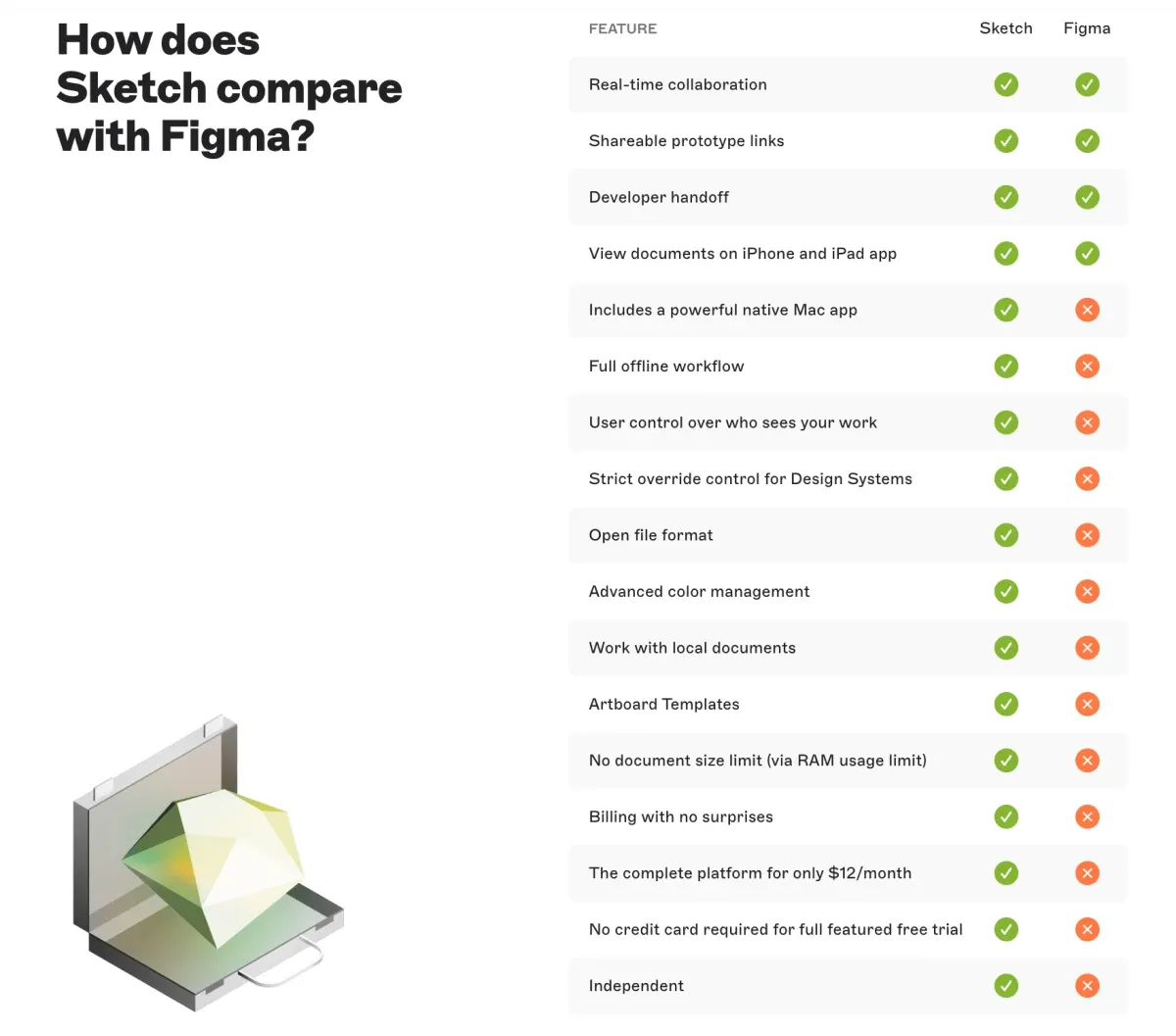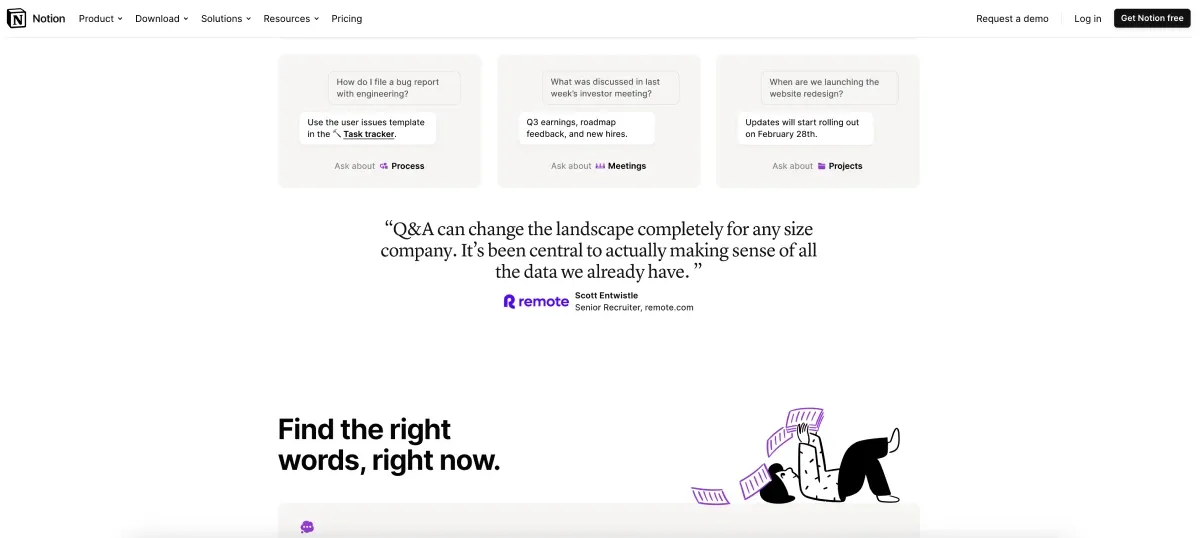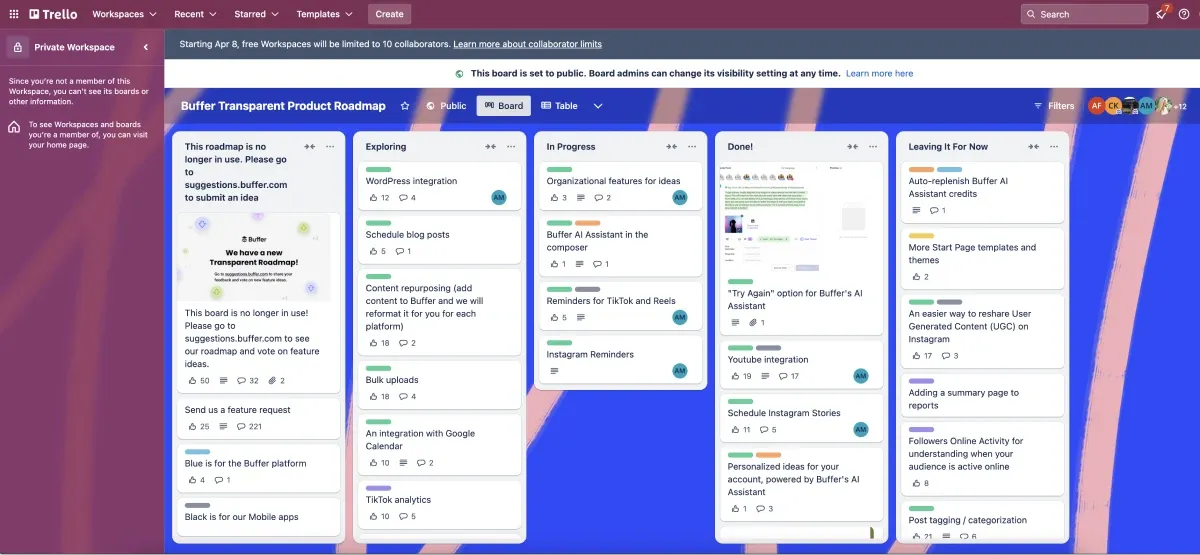Want to hear a stat that will make your head spin? There are over 30,000 SaaS companies right now, and that number is projected to grow to 175,000 this year, when you include AI companies. So while that’s exciting to see the clear need in the market for software as a service, it can also be a little intimidating.
With so many other products on the market, there’s a lot of noise that you have to cut through. But a great product spotlight can be your chance to set yourself apart.
That is, if you do it in the right way.
What is a product spotlight?
A product spotlight is a marketing tool used to highlight a specific product's features, benefits, and unique selling points. The best spotlights focus potential customers’ attention on a single product to inform, engage, and persuade them by making it clear what the product’s value is, and how it stands apart from the competition.
Typically, this is part of a larger marketing campaign. It can take several different forms, too, including:
- A detailed blog post
- A video
- A website page or section
- A social media post
- An email blast
How you make it stand out from the rest
Like we said, there are tens of thousands of other innovative SaaS products on the market, and probably a handful that may overlap with the capabilities of your product. The trick to crafting the perfect product spotlight that grabs your audience’s attention in a meaningful way can be summed up in one word:
Specificity.
This is where teams often go wrong. They try to be everything to everyone, and as a result they water down their messaging. To create a compelling product spotlight, you need to hone in on the exact audience you’re talking to and the exact problems that your product can solve for them.
This involves getting clear on the exact persona you’re talking to (and sometimes on the personas you’re not talking to). Use this as a practice in empathy to determine the topics and exact words that will tell them, “oh this message is for me.”
Even a single sentence that someone feels doesn’t apply to them, even if it’s sandwiched between highly relevant information, can sabotage your shot here.
Another way to sum up a successful product spotlight is outcomes, not features.
I get it, you’re probably a product person, so you care about the features themselves. You care about how many different functionalities the product has, how sophisticated it is, etc.
But to the people you’re selling to, they care about what the product can help them do. In other words, they only care about the features if it serves to explain how your product can better solve their problem than the other options out there.
If you can keep that at the center of your spotlight, you’re already on your way to some pretty meaningful differentiation from most of the competition.
But that’s all easier said than done, right? Let’s walk through all of the pieces of the product spotlight, and how you can infuse them with specificity and “painkiller”-ness.
Introduce the product
Whether you’re making a video, a webpage, or an infographic, you want to make it easy for someone to be able to explain what it is that your product does after looking at your product spotlight. And you want to signal to someone that they’ve come to the right place immediately, feeling like you’re talking directly to them.
This concise overview could vary from medium to medium, but here’s an example with a webpage:
Your headline and the text immediately below it are your best shot at giving your best pitch. Make the connection to the pain point and be specific about how your product resolves it.
An example of a company that does this well is Todoist. Their headline clearly and concisely connects to the feeling of overwhelm that their product solves, while the copy below briefly explains the “how.”

For SaaS products, featuring your product’s interface in a screenshot or looped video is often helpful to provide additional context on the “how” of it all.
Show off your features
We’ve already established that the way you talk about your features should be centered around the problems they solve, rather than the features themselves. You’ll want to lead with the pain and follow up with the feature as evidence that they can kill it.
Including clear visuals demonstrating how the problem solved is also best practice here. People are usually visual, so reinforce your spoken or written messages with strong screenshots, screen recordings, or illustrations of how the features work.
Part of your strategy here should also be pointing out how you do it better than the competition.
One popular way to do this is to show a comparison checklist, including the most pressing pain points your target audience wants to solve. Although your competition may be great at something, if it’s not what your ideal customer cares about, this is your chance to make it clear to them how much better you are at the things that matter to them.
Sketch does a great job of honing into the ways that they can stand apart from Figma, their much larger competitor, by highlighting the flexibility and affordability of their product.

If the audience you’re talking to cares about the design and technical infrastructure designs that you made, make sure you incorporate this information into the benefits-driven narrative. Some groups of people may be innately skeptical and feel like they need to know how you’re able to deliver what your competitors aren’t. Making nods to the mechanics of your product could be an important selling factor.
Provide the proof
Anyone can say that they solve a problem better than anyone else, but it’s another thing to show it.
Use your product spotlight as an opportunity to demonstrate the actual industry impact that it’s had, backed up by stories from real users. This often includes testimonials and case studies (both written and on video).
Notion thoughtfully included quotes from their customers throughout the page for their new AI feature, strategically placing quotes next to the exact features they were covering on the section of the page.

Stats from your user base are also extremely valuable to highlight here. Numbers like “increased productivity by X%,” “boosted revenue by X%” or “saved X hours per week on average” give your audience objective benefits that they can hold up against their current problem(s).
If you’re light on stories or stats from your customers, simply displaying logos of your most impressive clients or mentioning the number of clients you have can help you take advantage of the implied trust.
The power of social proof is at work here. Especially if you have a really clear persona that you’re talking to, showing similar people in this product spotlight talking about the difference you made for them makes it easier for the person browsing to imagine your product’s role in their life.
Tell the future
SaaS products are never static. Whether you pivot or improve upon your product as a reaction to market conditions, user feedback, or trending tech (we all saw this happen with AI in 2023), you can expect your product to continue to evolve. And you likely have a roadmap for this at least partially built out.
While you don’t want to make the future state of your product the main focus of your product spotlight, for fear of making your current product appear inadequate, it’s often a good idea to show that you’re continuously investing in improving it.
Companies like Buffer go as far as publicly displaying their product roadmap on an open Trello board, but you could make subtler nods to updates or features in development.

Hinting at future goals or your product roadmap can prove to customers that you’re dedicated to keeping up with SaaS innovation, and can get them invested in your product for the long term.
However you shine the spotlight, make it specific
We’ve given you many tips for crafting the most effective product spotlight to help you push past all of the other technology solutions on the market, but we hope our main point has shone through: whatever you do, make sure you’re specific and empathetic in your approach.
As long as you keep the needs and pain points of your target audience top of mind, you should be in good shape to lure them in so that you can then move on to focus on nailing the onboarding process.

















